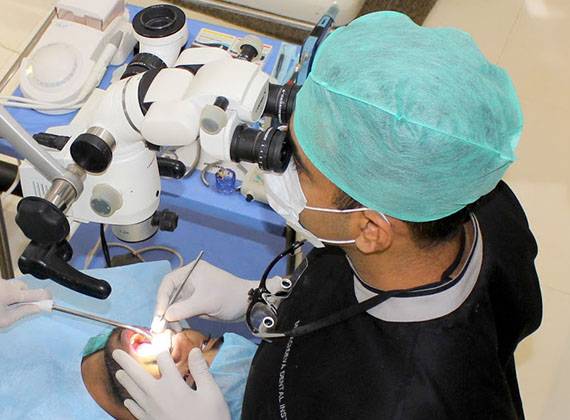
Have a visit due to your dentist that you have been avoiding for a long time? Is there a general sense of fear associated with that dental chair and the various sounds and noises it produces? Do not worry. You are not the only one. The idea of going to a dentist can cause as much anxiety as the pain that a decayed tooth may be causing. The responses are not age related. Different people could have different reactions dealing with dental anxiety. Some may be calm and composed and some may be total wrecks. A lot depends on the dentist and the environment he/ she creates for the patients. Understanding the patients and their levels of anxiety could be crucial in assessing their levels of anxiety and help them overcome it.
Assessment of dental anxiety
There are numerous ways available to assess dental anxiety, both in children and adults. A five point scale that is reliable and quick to administer. It has cut-offs for mild, moderate, and phobic levels of anxiety.
Interventions for individuals with low levels of anxiety
For children attending with low levels of dental fear, approaches that can be adopted include:
- Rapport building: like use of a magic trick. The use of magic trick increases cooperation when compared to no intervention or the use of tell-show-do technique.
- Voice control: using loud voice with deep tone is more effective in reducing disruptive behavior of a child & interaction more pleasurable than the normal voice level
- Distraction: there are number of ways which can be used for distraction such as: the use of video-taped cartoons, audio-taped stories and video games. Distraction techniques are equally effective as relaxation-based techniques, and superior to no intervention.
- Modeling: modeling has been used extensively with children and is generally most effective if the observed child is similar in age, gender and level of dental anxiety to the child watching, if the child enters and leaves the surgery without adverse consequences.
- Environmental change: three studies have sought to make the dental environment more attractive to children attending the dental surgery.
Approaches can be used in patients with low dental fear:
- Enhancing the sense of control: One of the most commonly used techniques to do this is the stop signal. In this patient can raise the hand and give signal to the dentist.
- Cognitive distraction: the patient is encouraged to think about something other than the dental situation, be in a happy place or think of a less stress causing situation.
- Environmental change: soothing smell of lavender in dental waiting area to reduce the immediate fear of the patient but it will not reduce the underlying cognitive factor.
Interventions for individuals with moderate levels of anxiety
Patients with moderate levels of dental anxiety may benefit from the prior preparatory information.
- Information about what will happen (procedural information)
- Information about what sensations the individual will experience (sensory information)
- Information about what the individual can do to cope with the situation (coping information).
Interventions for individuals with high levels of anxiety
Pharmacological management
This includes relative analgesia, conscious sedation and general anesthesia. These management techniques are not much used but there are ongoing needs for such services when patient is not regular to visit for treatment or to the point where they are in severe pain or with compromised oral health
Cognitive behavioural therapy
It is a synthesis of behaviour therapy and cognitive therapy and uses both behaviour modification techniques and cognitive restructuring procedures to change maladaptive beliefs and behaviours. Behavioural aspects of CBT include learning relaxation skills, conducting mini-experiments and systematic desensitization. An important principle underlying CBT is its focus on the ‘here and now’ as what started a problem is often not the same as what is keeping it going.